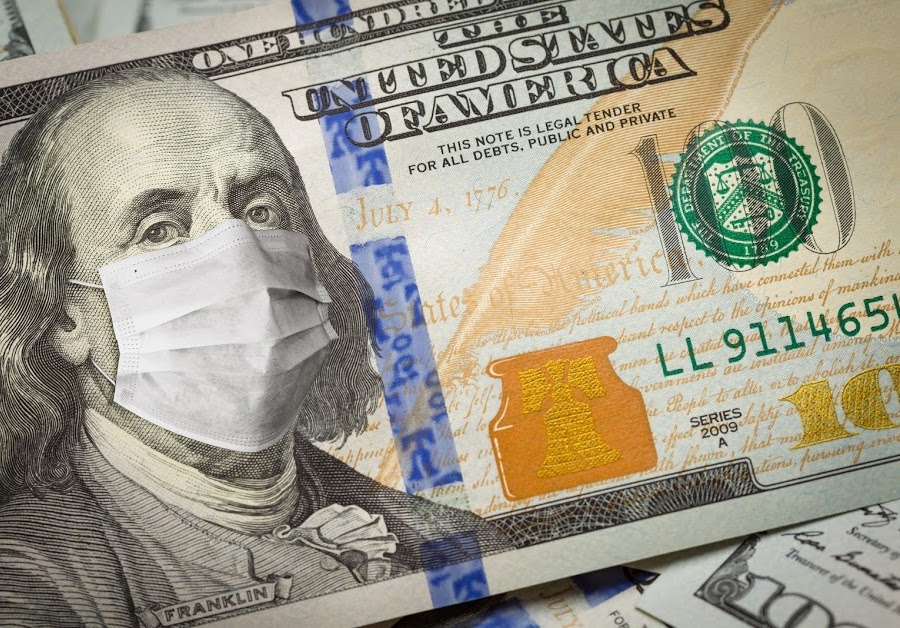
Form 1040, Schedule C taxpayers received an updated interim final rule (IFR) on the Paycheck Protection Program (PPP) from the Small Business Association (SBA). The IFR clarifies guidance released on Feb. 22 that made changes to how self-employed and sole proprietors could calculate their maximum loan amount to help expand the program for these groups. Approximately 2.6 million sole proprietors have applied for PPP loans, and it is estimated there are about 25 million sole proprietors across the country.
The biggest adjustment made by the IFR is that these borrowers may calculate their maximum loan amount using their gross income. Previously, the calculation was done by using payroll costs plus net profits. This excluded many sole proprietors who had little or negative net profit.
For sole proprietors with no employees the calculation is as follows:
First-draw and second-draw owner compensation is capped at $20,833; however, for accommodations and food services, second-draw owner compensation is capped at $29,167
For sole proprietors with employees, the calculation is as follows: Use either line 31 net profit or calculate the following using gross receipts:
The same owner compensation limits apply as for those with no employees.
Limited liability companies with only one member do qualify for these updated calculations, but single member S-corporations do not.
The calculation is only for loans submitted after the rule’s effective date of Mar. 3, 2021, meaning loans submitted between Jan. 1 and Mar. 2, 2021, would not be eligible for this new calculation. You can access the new forms here:
Additionally, the IFR states that first-draw PPP loans with $150,000 or less in gross income on a Schedule C will be eligible for the economic necessity safe harbor, but loans above will not and could receive additional SBA review.
The current PPP application period expires Mar. 31, 2021, and lenders are experiencing delays in implementing these new calculations. It is anticipated they will begin accepting applications the week of Mar. 8. We are continuously monitoring the situation for additional clarifications and updates.
Receive Free financial tips & Tax Alerts!
"*" indicates required fields
Partnerships are often used for business and investment activities. So are multi-member LLCs that are treated as partnerships for tax purposes. A major reason is that these entities offer federal…
Your businesses may have a choice between using the cash or accrual method of accounting for tax purposes. The cash method often provides significant tax benefits for those that qualify….
Employee Stock Ownership Plans (ESOPs) are a powerful tool for businesses and their employees. They offer a pathway for business owners to transition out of their companies smoothly and provide…